Apple Mac at 30: How Steve Jobs launched a revolution in home computing - and founded an army of passionate devotees
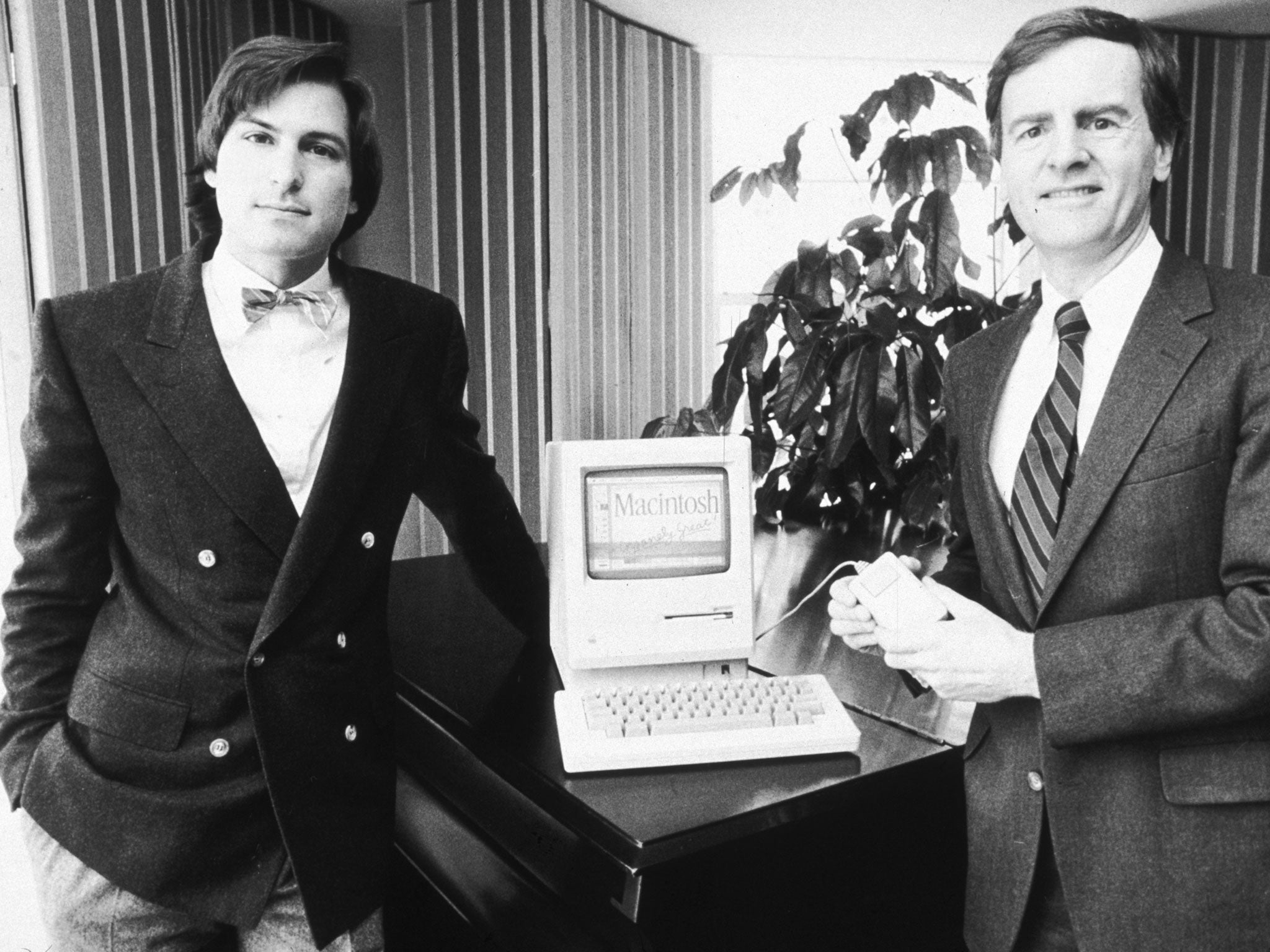
"I don't know a single person who watches the Super Bowl," said a worried Steve Jobs, then just 28 years old. The event he was referring to commanded a television audience of more than 80 million at the time, but Jobs' nervousness at the prospect of Apple spending $1.6m (£1m) to secure two 60-second TV ad slots during the game was understandable. After all, the kind of computers that Apple manufactured just didn't belong in the home of the average football fan; its pioneering Lisa machine was priced at an eye-watering $10,000, the equivalent to more than $23,000 (£14,000) today.
But this advertisement was going to be for a more affordable computer, one that Jobs hoped would change the world. He relented. And so, on 22 January 1984, two days before its launch, the Macintosh computer was announced to the world during a timeout in the third quarter of Super Bowl XVIII, in which Los Angeles Raiders administered a thorough pummelling to the Washington Redskins.
The now-famous "1984" commercial, directed by Ridley Scott, was described by Lee Clow, its co-creator, as depicting "the struggle of the few against the many". Filmed at Shepperton Studios, the Orwellian nightmare culminates with a female athlete spinning around with a sledgehammer, eventually flinging it towards a gigantic screen featuring the face of Big Brother, smashing it and him to pieces. "On January 24th," intoned the voiceover, "Apple Computer will introduce Macintosh. And you'll see why 1984 won't be like 1984." In the event, the commercial was only screened once during Super Bowl; Apple's board, still fretful about the cost, flogged 30 seconds of its other slot to Hertz and 30 seconds to Heinz.
Few of the Americans who saw the ad would have understood the symbolic link that Apple was making between Big Brother and the dominance of IBM over the computer market, but the advert certainly caused a stir in the media – one that was perhaps disproportionate to the power of the product itself. The original Mac boasted a mere 128k of memory, a 9-inch monochrome screen, no hard disk, just two applications – a word processor and a painting program – and it retailed for a shade under $2,500. But at the launch at the Flint Center auditorium, in Cupertino, Steve Jobs removed it from its rather ugly canvas bag with blue handles, took a floppy disk out of his pocket and popped it into the awakening machine to a buzz of excitement.
This "advanced personal productivity tool for knowledge workers" introduced several new ideas to the mass market, although they weren't invented by Apple. The first and most notable was a point-and-click graphical user interface that borrowed several ideas from the Xerox Star, a pioneering computer that Xerox had failed to commercialise but which Jobs, and indeed Microsoft's Bill Gates, had recognised as being revolutionary. Microsoft had unveiled the first version of its competing operating system, Windows, the previous November, but it wasn't ready for release and wouldn't appear until late 1985. The Macintosh was thus something of a pioneer.
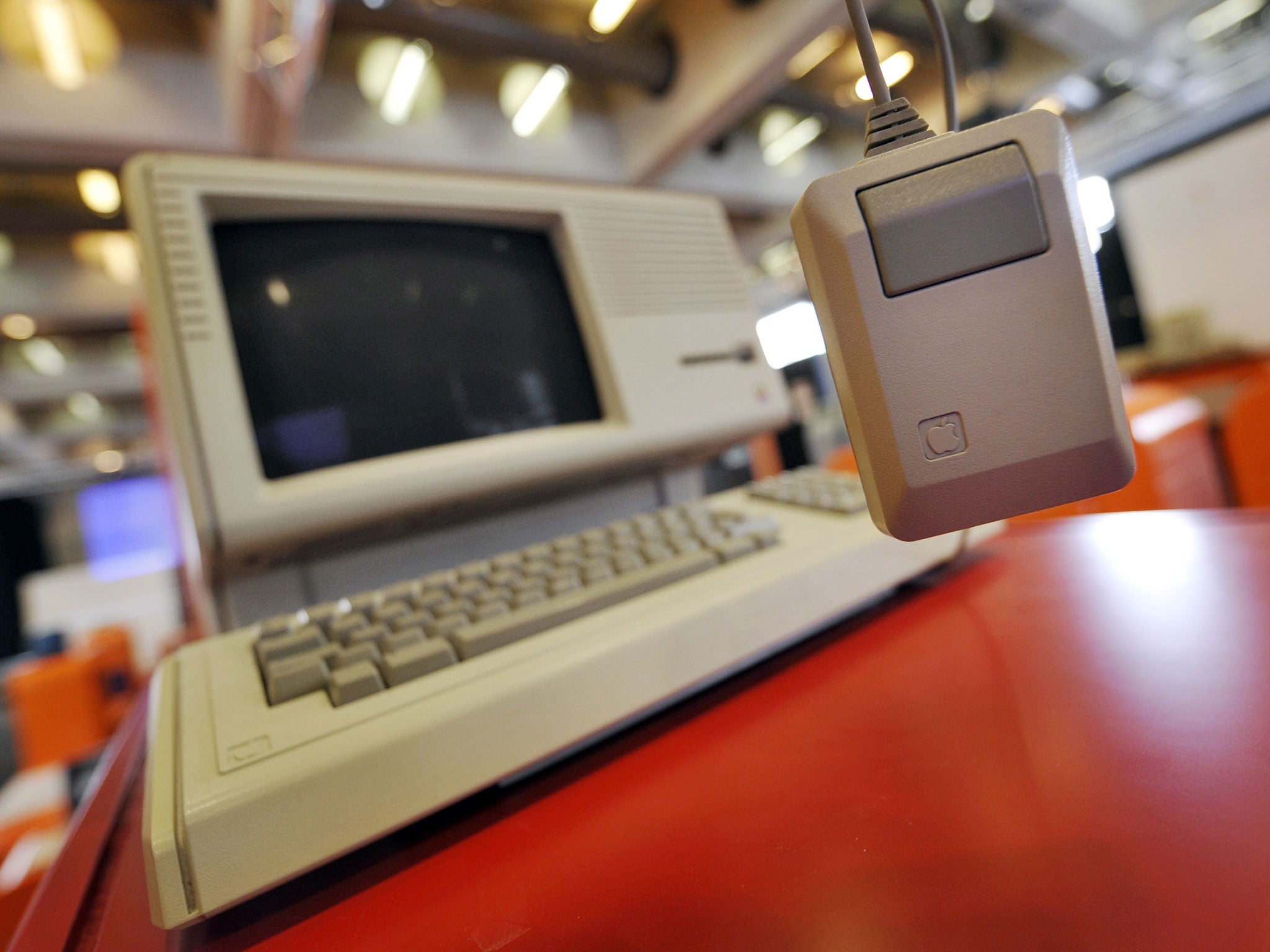
Not everyone was enamoured with it. In The San Francisco Examiner, John C. Dvorak wrote a systemic demolition of several of the features that would prove to be its most enduring. "The machine uses an experimental pointing device called a 'mouse'," he complained. "Who out there even knows what a 'font' is?" he asked, quite reasonably. "It uses icons to represent functions as though there were some intuitive knowledge on the part of the user as to what those icons mean," he fumed.
But he also skewered several obvious weaknesses of the 128k Mac: its small memory capacity, the associated need to continually insert and eject floppy disks, and the lack of available software; developers proved to be reluctant to re-purpose programs for an unproven machine with a new interface that replaced the traditional command-line. But despite its shortcomings and inferiorities, the Macintosh somehow managed to bestow upon itself a sheen of cool that its competitors lacked. Celebrities gave it their seal of approval, focus groups associated it with creative flair, and it established an almost romantic relationship with the user that had little to do with its capabilities or its processing power.
This pattern has continued with Apple products ever since. Even during Apple's darkest days of unprofitability, it managed to inspire fierce devotion in its users, many of whom fervently believed that they were using a superior product regardless of whether that was actually the case. People genuinely loved those Macs – and later those MP3 players, those phones and those tablets; they became part of your identity, and when those products were criticised you were criticised, too. Few people would ever be bothered to leap to the defence of a washing machine, but the ferocity of the seemingly endless Mac vs PC debate is a consequence of the emotional bond that has traditionally been felt by Mac users towards their Macs. When that bond is belittled by people who, often quite rightly, dismiss it as merely an appreciation of form over function, it actually hurts. Bizarre, but true.
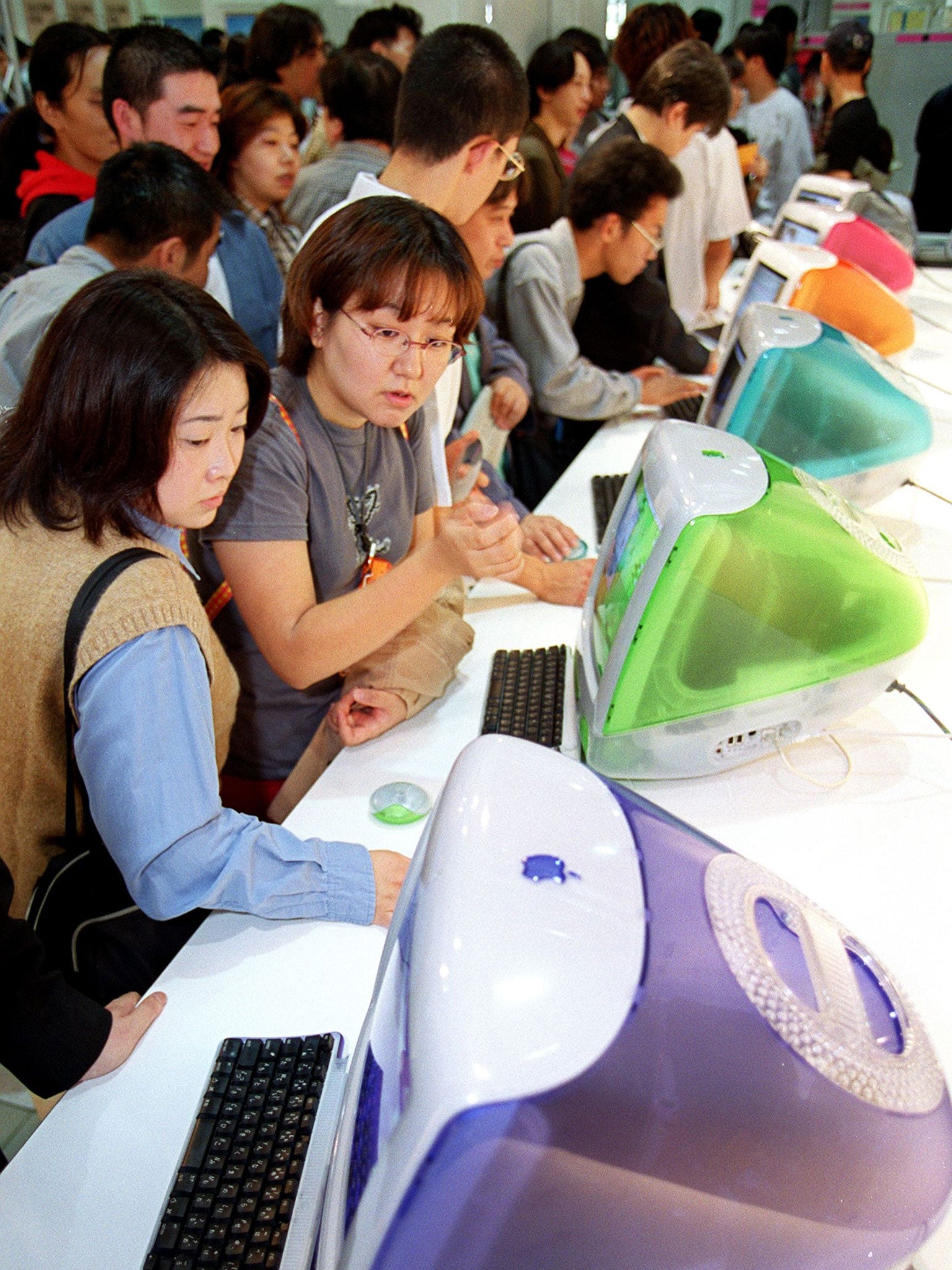
But despite the sighs of pleasure and appreciative cooing from the great and the good, the original Macintosh didn't sell as well as Apple had hoped. It shifted 50,000 units in the first 74 days – not derisory, but not great either. While Jobs was convinced that the Macintosh represented the future of the company, Apple CEO John Sculley disagreed, believing that the Apple II – its business-focused machine – should be prioritised instead. The ensuing friction caused Jobs to be sidelined, and the following year he left the company in anger. According to Walter Isaacson's biography, Jobs sold nearly all of his 6.5 million shares in the five months following his departure, retaining just one that would allow him to attend shareholder meetings.
But despite his absence, Apple managed to establish an association between the Macintosh and creative industries that endures to this day. The combination of the $7,000 Laserwriter, the Macintosh and Aldus's Pagemaker software ushered in a desktop-publishing revolution; as a result, the Mac became the machine of choice for graphics professionals and the publishing industry. The commonly held belief that Apple has always received more press coverage than it deserves could well stem from this quirk of history; for many years, fawning articles were almost inevitably written, edited and laid out using Macs.
But winning over one industry by no means guarantees success, and it was Microsoft, not Apple, that benefited from the soaring popularity of home computing in the 1990s. People opted to buy cheaper PCs with the Windows operating system installed, while Macs tended to remain niche products for the more moneyed middle classes. "You're being ripped off," sneered users of the now-predominant Windows 95 operating system. "We're not particularly bothered, because our screens look marginally nicer," wailed back Mac users, relentlessly supportive of the plucky underdog. But Apple was floundering; its flagship Macintosh was suffering a profound identity crisis, with a bewildering range of machines on sale that were all essentially the same product in different cases. In the search for a new operating system to breathe life back into the Mac, CEO Gil Amelio made the decision to purchase NeXT, a company owned by none other than Steve Jobs; this brought Jobs back into the Apple fold in 1997 in what Amelio claimed was purely an advisory capacity, but Jobs quickly began manoeuvring, plotting and making his feelings abundantly clear. "The products suck," he said. "There's no sex in them any more."
He immediately launched the grammatically dubious but undeniably effective "Think Different" campaign, which aimed to establish Apple as a rebellious force, a home for "the crazy ones, the misfits, the rebels" who saw the Mac as their weapon of choice. He slashed the Mac product range down to just four: a portable and a desktop in two flavours, consumer and professional (a combination still used by Apple today). "I came out of the meeting with people who had just got their products cancelled," Jobs recounts in Isaacson's biography, "but they were 3ft off the ground with excitement because they finally understood where the heck we were going." Design was no longer to be driven by electrical and mechanical considerations; it would now lead the way. Jony Ive, the young British designer who had become disillusioned with his role at Apple, was now invigorated by Jobs' direction. "We discussed approaches to forms and materials," he says in his biography by Leander Kahney. "We were on the same wavelength. I suddenly understood why I loved the company." Today, (Sir) Jony is Apple's senior vice-president of design, his work having transformed the company's fortunes.
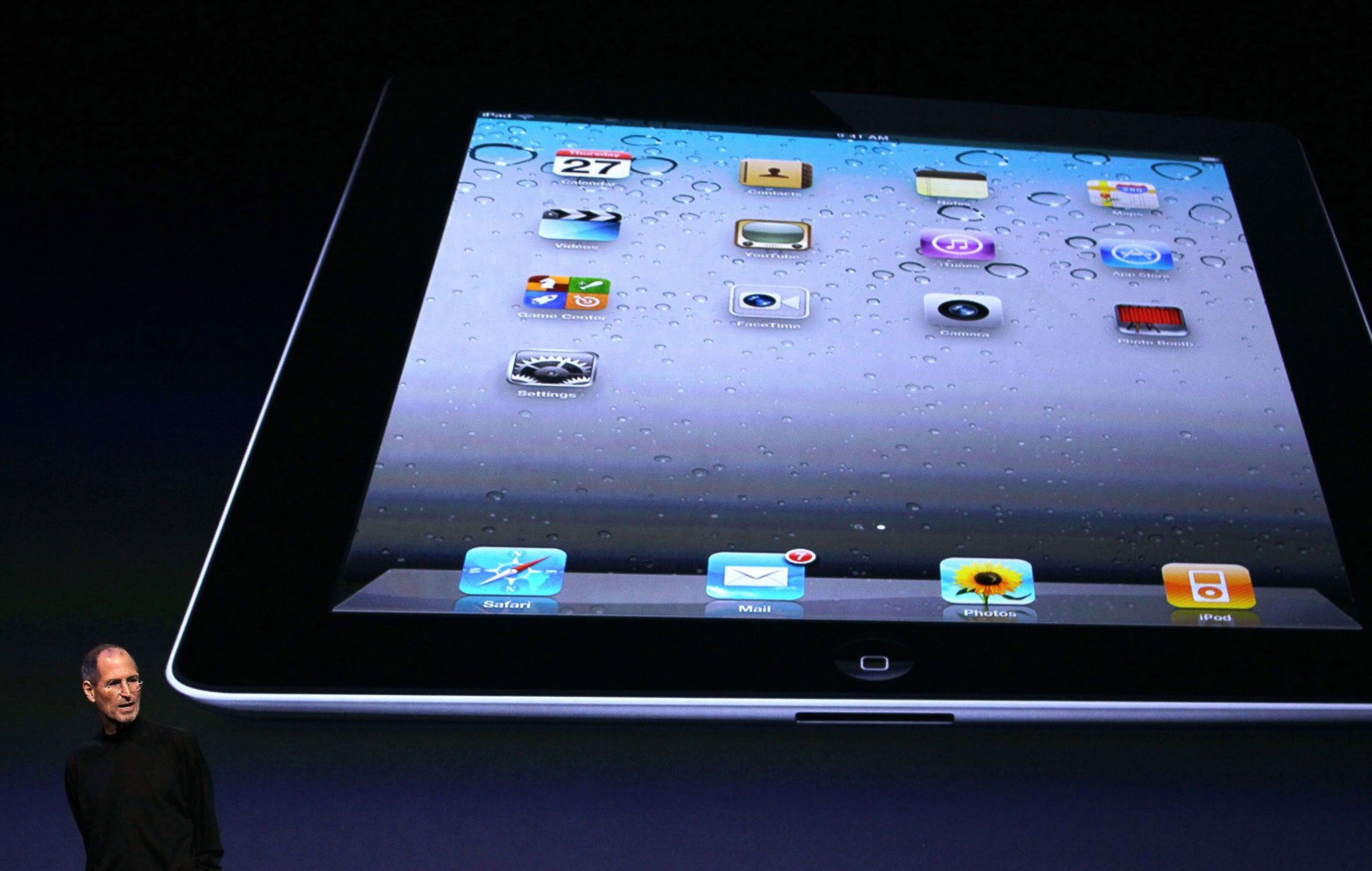
The iMac, launched in 1998, was the first step in that transformation. According to Luke Dormehl in his book The Apple Revolution, it began life as a project called "Macintosh JFW" (Just F**king Works), and it was unashamedly pitched at consumers who had no interest in the arcane world of components, upgrades and system extensions. Its translucent blue casing was initially mocked but subsequently much copied; the absence of a floppy-disk drive and introduction of USB ports was immediately questioned but soon accepted as quite a good idea; its lack of computing power for the price was, as ever, widely criticised, but its appeal to computing novices (not stupid people, just computing novices) was undeniable. It shifted 278,000 units in the first six weeks. And while the iMac may have changed shape during the past 15 years from a translucent egg to a sleek oblong screen, its ethos is still very much, well, JFW.
The cash and the momentum that the iMac brought to Apple is still in evidence today. The iPod was, on its launch in 2001, not particularly well received; it wasn't the first MP3 player on the market and it arguably wasn't the best, but Jobs' knack of timing product launches to perfection once again bore fruit, and today the iPod is synonymous with music on the move in the same way that the Walkman was in the 1980s. Following the announcement of the iPhone in 2007, one million units were sold in the 74 days it took the original 128k Mac to sell 50,000. Apple's skill at orchestrating events, stoking rumour and seducing consumers helped it to leapfrog Microsoft and become the world's biggest technology company (before eventually being overtaken by Samsung) and, in 2011, it even overtook Exxon for a while to become the world's most valuable company full stop. Yet the Mac, the foundation on which the entire Apple empire was built, accounted for fewer than 10 per cent of all computers connected to the internet, while Windows machines accounted for nearer 90 per cent. A strange measure of success.
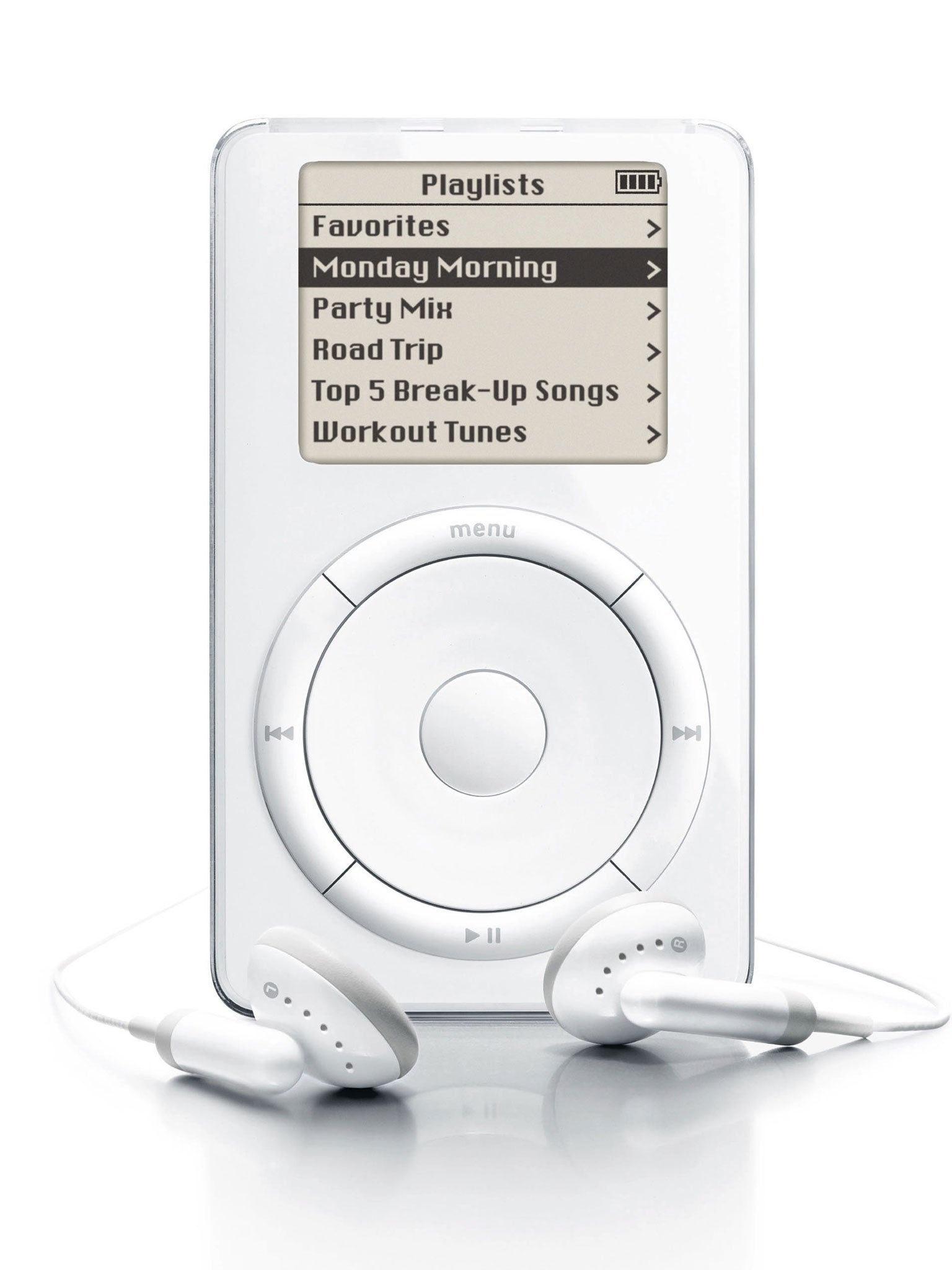
There'll be a mini-revenge taking place soon; this year, for the first time, devices running Apple operating systems are predicted to outsell devices running Windows – but it's in the mobile sphere where that particular battle is now waged, with Google's Android OS having become Apple's nemesis. Steve Jobs is no more, of course, and without his assured presence, many have questioned whether Apple's success can be sustained. But where other companies might always dominate in terms of sheer numbers, Apple will continue to reign, at least in the minds of its employees and its customers, in terms of exclusivity, status and beauty.
We all know, deep down, that people's work can hardly ever be distinguished by the platform on which it was created (have you ever heard anyone say, "I bet you cropped that JPEG on a Mac"?) but Apple has now tried to persuade us for 30 years that our choice of platform really, really matters. And so, as desktops and laptops are eventually replaced by tablets and phones, the Mac will eventually go to its grave maintaining that it was always the best, while its faithful, doting users will nod in wistful agreement. "Computers and society are out on a first date in this decade," said Steve Jobs when the Macintosh launched 30 years ago, "and for some crazy reason we're in the right place and right time to make that romance blossom." Such is the power of love.
Join our commenting forum
Join thought-provoking conversations, follow other Independent readers and see their replies
Comments